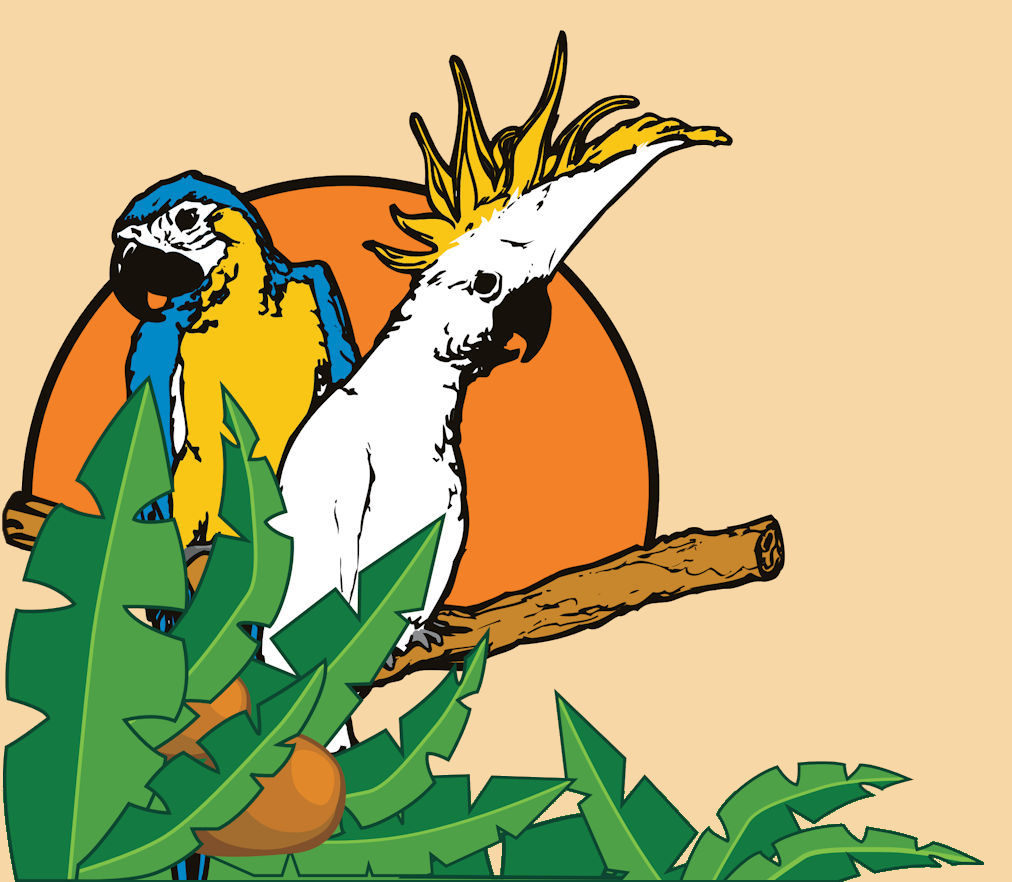There are many household items that are quintessential to the holidays, but we may not realize that they can be hazardous to the health of our pets.
Candy/Chocolate – Many baked goods and sweets for the holidays may contain chocolate, so it is important to keep a close eye on these platters and remind guests not to give your birds any “snacks” just incase!
Tinsel – Birds love shiny materials, but tinsel should be avoided as it can lead to digestive issues if ingested.
Fake Snow – This decorative item can be very toxic if ingested.
Holiday Plants – The most common holiday plants: mistletoe, poinsettia, and holly, can be toxic if chewed on or ingested by your bird.
Christmas trees – Some bird owners have let their parrots play in undecorated trees, but one must be cautious of sap, pesticides, and flame retardant sprays.
Ornaments – Some older ornaments may contain lead, and others are made of glass. Also, your bird will think they all look like fun toys to destroy!
Christmas lights – Some lights may get hot, or exposed wires may pose an electrocution hazard if chewed on.
Candles / Potpourri – Candles, scented oils and perfumes can irritate a bird’s respiratory system.
